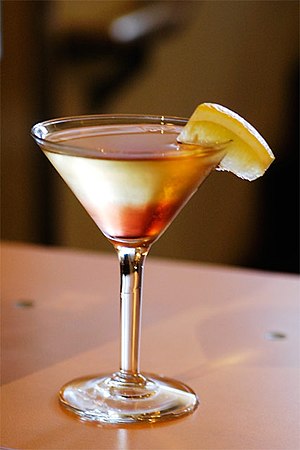
The island of Jamaican is known for many things, sandy beaches, reggae music, Bob Marley and coffee. The high regard for Jamaican Blue Mountain coffee among avid coffee drinkers has driven its price up to between $26 and $40 a pound. What is it about this particular brew that warrants such a high price tag?
True to its name, Jamaican Blue Mountain coffee is grown in the Blue Mountain region of Jamaica, generally located between Kingston to the south and Port Maria to the north. Rising to 7,500 feet, the Blue Mountains are the highest point in the Caribbean. The area is characterized by cool, wet weather and dark, rich soil with good drainage, ideal conditions for cultivating coffee. Though coffee is not native to Jamaica, it is the chief export of the island.
Not just any old cup of Joe can call itself Jamaican Blue Mountain. The Coffee Industry Board of Jamaica must certify every bag of coffee to ensure only the highest quality beans bear the prestigious trademark. The Board only recognizes beans grown in specific parishes of Jamaica: St. Andrew, St. Thomas, Portland and St. Mary. [Read more…] about Jamaican Blue Mountain – Coffee worth every penny




